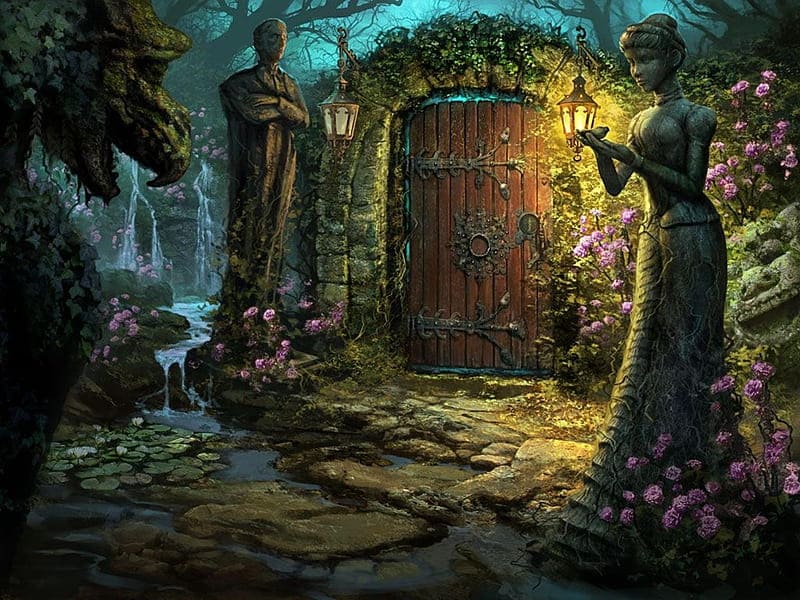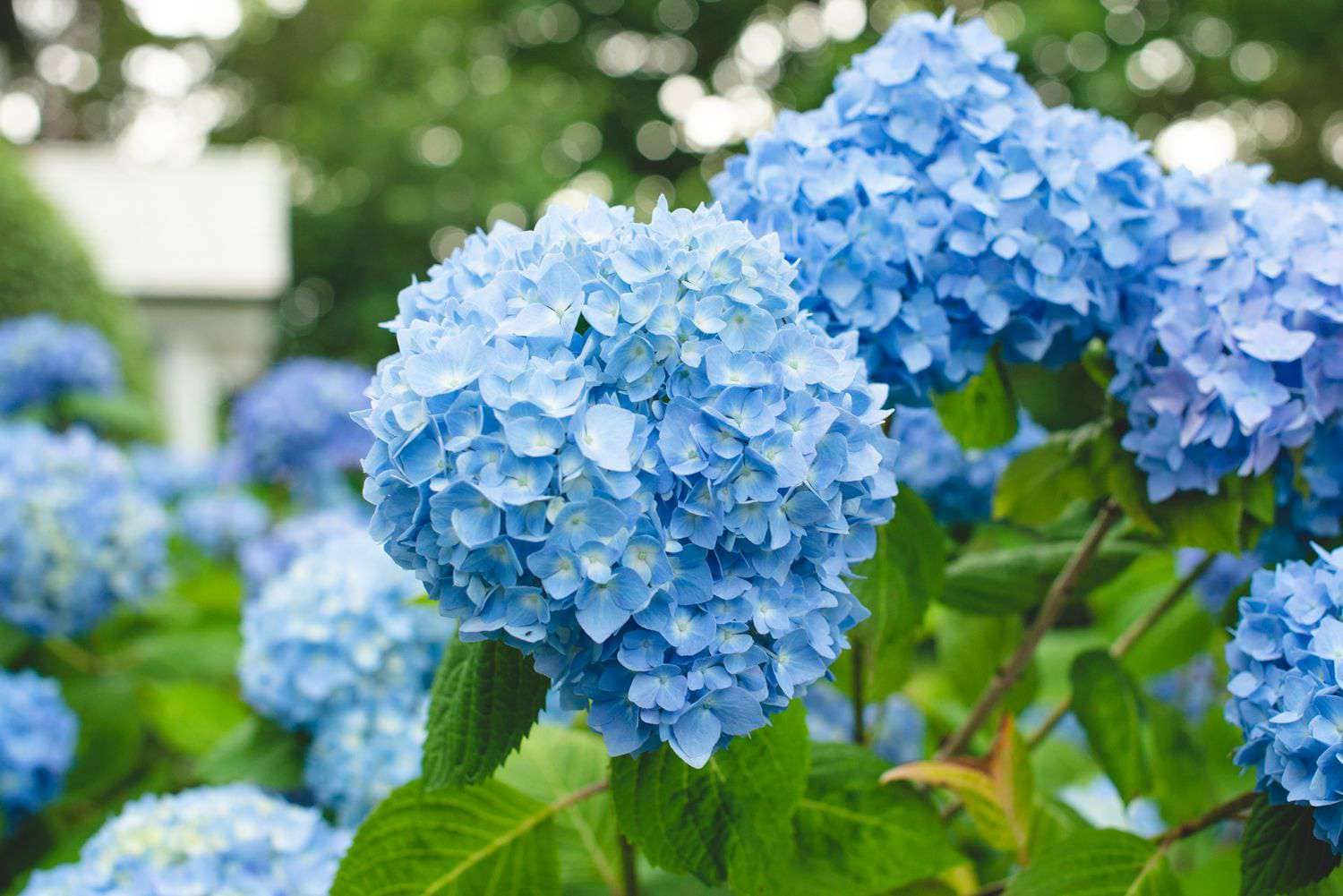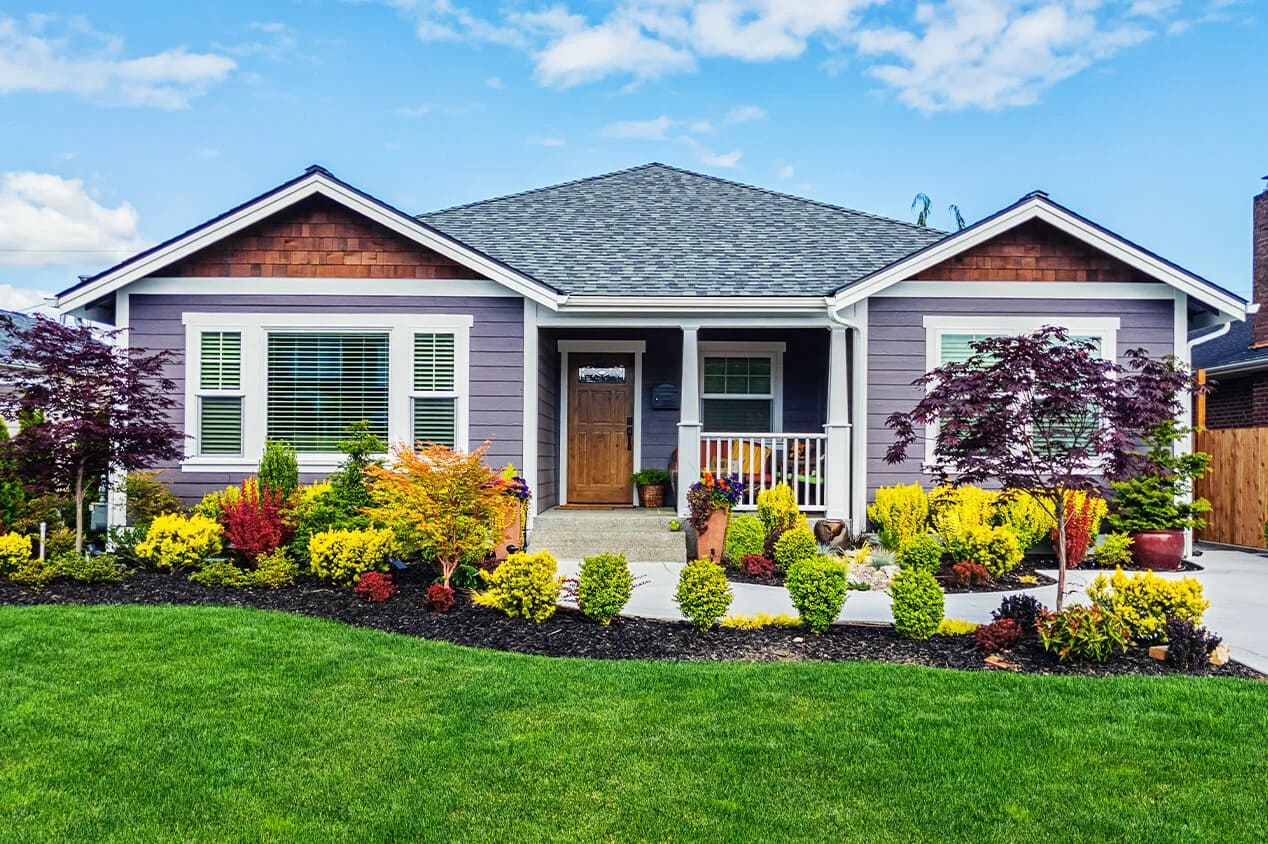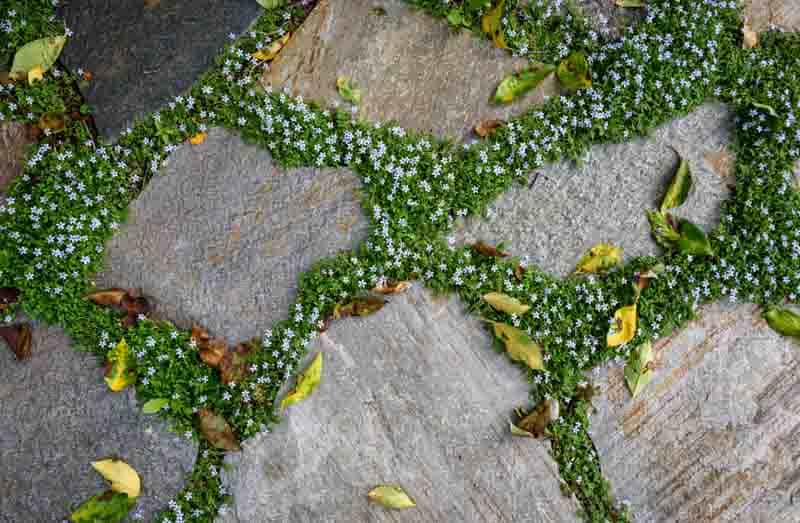Gothic gardens, with their enigmatic allure and haunting beauty, have captivated the imagination for centuries. These lush sanctuaries, shrouded in mystery and adorned with intricate details, offer a glimpse into a bygone era of romance and drama. Stepping into a gothic garden is like entering a portal to another world—a world where time stands still, and nature reigns supreme.
Embracing the Darkness: The Aesthetic of Gothic Gardens
Gothic gardens are characterized by their dark and moody aesthetic, inspired by the Gothic architecture of the medieval period. Towering spires and arched windows create a sense of grandeur, while gargoyles and ornate ironwork add a touch of whimsy and intrigue. The color palette is rich and decadent, with deep shades of purple, crimson, and black dominating the landscape.
Elements of Intrigue: What Makes a Gothic Garden Unique
1. Architectural Features
Gothic gardens often feature ornate structures such as gazebos, pergolas, and trellises, adorned with intricate detailing reminiscent of cathedral facades. These structures serve as focal points within the garden, offering a sense of mystery and romance.
2. Lush Vegetation
Dense foliage and overgrown vines contribute to the wild and untamed atmosphere of a gothic garden. Old-fashioned roses, ivy-covered walls, and twisting pathways create a sense of seclusion and enchantment, inviting visitors to wander and explore.
3. Decorative Accents
Gothic gardens are often embellished with ornamental statues, stone urns, and antique furnishings, evoking a sense of Victorian elegance and nostalgic charm. These decorative accents add a layer of mystique and sophistication to the garden, inviting guests to linger and immerse themselves in its beauty.
Cultivating the Gothic Garden: Tips for Creating Your Own
Creating a gothic garden is a labor of love, requiring careful planning and attention to detail. Here are some tips for cultivating your own hauntingly beautiful sanctuary:
1. Choose the Right Plants
Select plants with dramatic foliage and dark blooms to create a sense of mystery and drama. Consider incorporating species such as black tulips, blood-red dahlias, and purple irises to add depth and richness to your garden.
2. Incorporate Gothic Architecture
Integrate architectural elements such as stone walls, pointed arches, and gothic windows to evoke the atmosphere of a medieval cathedral. These structures will serve as dramatic focal points within your garden, adding a sense of timelessness and grandeur.
3. Embrace the Darkness
Don’t shy away from dark colors and shadows—embrace them! Use black mulch, garden statuary, and ornamental fencing to create a sense of depth and mystery. Incorporate candlelight and lanterns to add a warm glow to your garden, casting shadows that dance in the night.
Conclusion: Embracing the Enchantment of the Gothic Garden
In conclusion, gothic gardens offer a fascinating glimpse into a world of dark romance and mystical allure. With their intricate architecture, lush vegetation, and decorative accents, these gardens invite visitors to step into a realm of fantasy and imagination. Whether you’re a lover of the macabre or simply seeking a touch of drama in your outdoor space, a gothic garden is sure to inspire and enchant for years to come.





